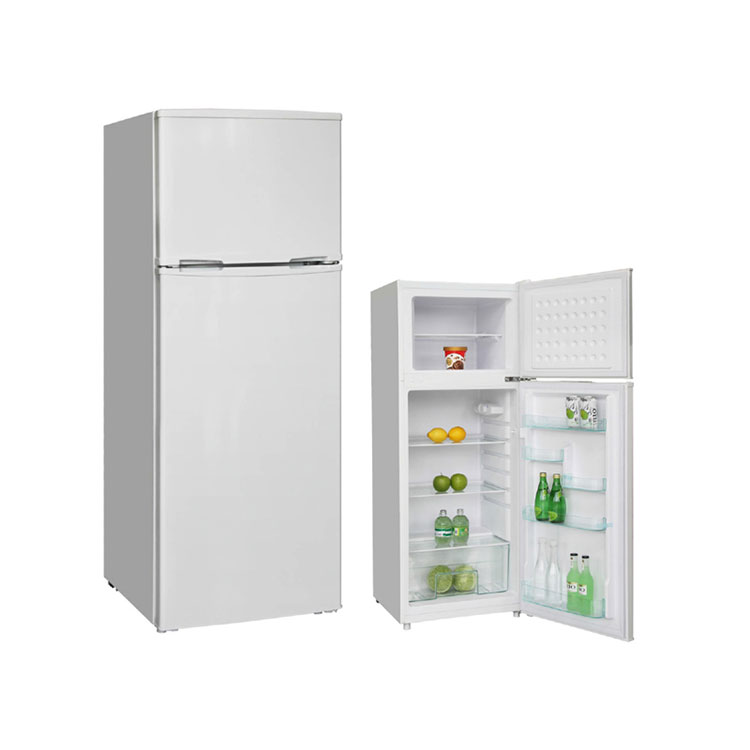Information about household mini fridges
2023-10-24
A household mini fridge, also known as a compact refrigerator or small fridge, is a smaller-sized refrigerator designed for domestic use in homes, apartments, dormitories, offices, and other residential settings. These appliances are compact, energy-efficient, and versatile, making them suitable for various purposes within a household. Here are some key features and information about household mini fridges:
1. Size and Capacity: Household mini fridges come in a range of sizes and capacities, typically ranging from 1.7 to 4.5 cubic feet. Smaller models are ideal for individuals or small households, while larger ones can serve as secondary refrigeration for extra storage space.
2. Types of Household Mini Fridges:
- Compact Mini Fridges: These are the most common type of household mini fridges and are suitable for general refrigeration needs. They may include adjustable shelves and small freezer compartments for freezing items like ice cubes or frozen meals.
- Countertop Mini Fridges: Designed for placement on countertops or tabletops, these mini fridges are often used to store beverages, snacks, or medications in easily accessible locations.
- Undercounter Mini Fridges: These mini fridges are designed to fit under a countertop or in a built-in cabinet. They are commonly used as additional refrigeration in kitchens or wet bars.
3. Cooling and Freezing: Most household mini fridges are designed primarily for cooling but may include a small freezer compartment. The freezer section is typically smaller than those in standard-sized refrigerators and is suitable for freezing ice or storing small frozen items.
4. Shelves and Storage: Mini fridges typically come with adjustable shelves and storage compartments to help organize items efficiently. Some models may also have door shelves for additional storage.
5. Temperature Control: Many mini fridges have adjustable temperature controls, allowing you to set the desired cooling level for your items.
6. Energy Efficiency: Mini fridges are generally more energy-efficient than full-sized refrigerators due to their smaller size. Look for models with the ENERGY STAR label for increased energy savings.
7. Noise Level: Consider the noise level of the mini fridge, especially if it will be placed in a quiet environment like a bedroom or office.
8. Door Configuration: Mini fridges may have a single door or a reversible door, allowing you to change the direction it swings for convenient placement.
9. Interior Lighting: Some mini fridges come with interior lighting to make it easier to see and access items, especially in dimly lit spaces.
10. Use Cases: Household mini fridges are versatile and can be used for various purposes, including storing beverages, snacks, leftovers, fruits, vegetables, medications, and more. They are also commonly used in small living spaces, dormitories, home offices, and as additional refrigeration in kitchens.
When choosing a household mini fridge, consider factors such as the intended use, available space, desired capacity, energy efficiency, and any special features that match your needs. Whether you need extra refrigerator space for your bedroom, a compact fridge for your office, or a secondary fridge for your kitchen, there are household mini fridge options available to suit your requirements.



